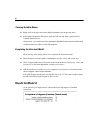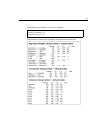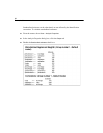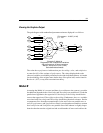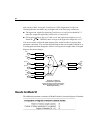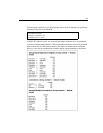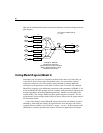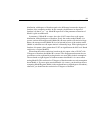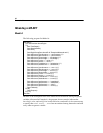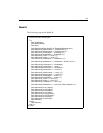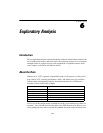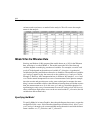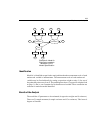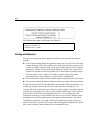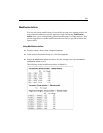
98
Example 5
Modeling in VB.NET
Model A
The following program fits Model A:
Because of the assumptions that Amos makes about correlations among exogenous
variables (discussed in Example 4), the program does not need to indicate that
knowledge, value, and satisfaction are allowed to be correlated. It is also not necessary
to specify that error1, error2, ... , error9 are uncorrelated among themselves and with
every other exogenous variable.
Sub Main()
Dim Sem As New AmosEngine
Try
Sem.TextOutput()
Sem.Standardized()
Sem.Smc()
Sem.BeginGroup(Sem.AmosDir & "Examples\Warren9v.wk1")
Sem.AStructure("1performance <--- performance (1)")
Sem.AStructure("2performance <--- performance")
Sem.AStructure("1knowledge <--- knowledge (1)")
Sem.AStructure("2knowledge <--- knowledge")
Sem.AStructure("1value <--- value (1)")
Sem.AStructure("2value <--- value")
Sem.AStructure("1satisfaction <--- satisfaction (1)")
Sem.AStructure("2satisfaction <--- satisfaction")
Sem.AStructure("1performance <--- error1 (1)")
Sem.AStructure("2performance <--- error2 (1)")
Sem.AStructure("1knowledge <--- error3 (1)")
Sem.AStructure("2knowledge <--- error4 (1)")
Sem.AStructure("1value <--- error5 (1)")
Sem.AStructure("2value <--- error6 (1)")
Sem.AStructure("1satisfaction <--- error7 (1)")
Sem.AStructure("2satisfaction <--- error8 (1)")
Sem.AStructure("performance <--- knowledge")
Sem.AStructure("performance <--- satisfaction")
Sem.AStructure("performance <--- value")
Sem.AStructure("performance <--- error9 (1)")
Sem.FitModel()
Finally
Sem.Dispose()
End Try
End Sub



